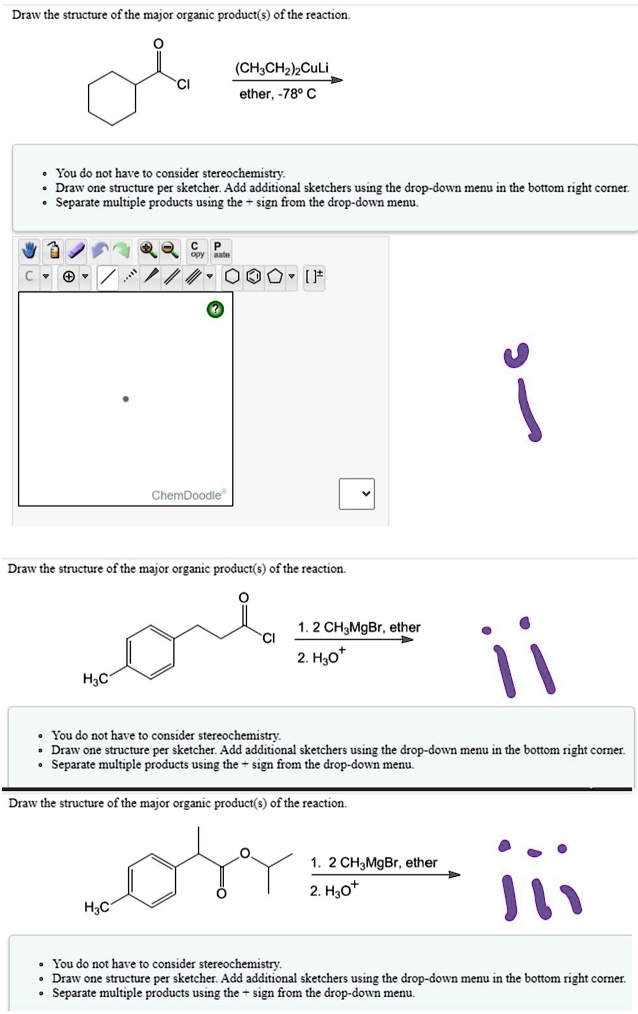

In animal experiments, it was fetotoxic at doses that were maternally toxic but no teratogenic effects were seen. DCM crosses the placenta but fetal toxicity in women who are exposed to it during pregnancy has not been proven. Research is not yet clear as to what levels may be carcinogenic. Other animal studies showed breast cancer and salivary gland cancer. It may be carcinogenic, as it has been linked to cancer of the lungs, liver, and pancreas in laboratory animals.
#DRAWING OZONE WITH CHEMDOODLE SKIN#
Prolonged skin contact can result in DCM dissolving some of the fatty tissues in skin, resulting in skin irritation or chemical burns. Acute exposure by inhalation has resulted in optic neuropathy and hepatitis. ĭCM is also metabolized by the body to carbon monoxide potentially leading to carbon monoxide poisoning.

More severe consequences can include suffocation, loss of consciousness, coma, and death. Symptoms of acute overexposure to dichloromethane via inhalation include difficulty concentrating, dizziness, fatigue, nausea, headaches, numbness, weakness, and irritation of the upper respiratory tract and eyes. It can also be absorbed through the skin. Its high volatility makes it an acute inhalation hazard. It has been used as the principal component of paint stripper, although replacements exist.Įven though DCM is the least toxic of the simple chlorohydrocarbons, it has serious health risks. ĭichloromethane extract of Asparagopsis taxiformis, a seaweed fodder for cattle, has been found to reduce their methane emissions by 79%. It is used in the garment printing industry for removal of heat-sealed garment transfers, and its volatility is exploited in novelty items: bubble lights and jukebox displays.ĭCM is used in the material testing field of civil engineering specifically it is used during the testing of bituminous materials as a solvent to separate the binder from the aggregate of an asphalt or macadam to allow the testing of the materials. Often sold as a main component of plastic welding adhesives, it is also used extensively by model building hobbyists for joining plastic components together. For example, it is used to seal the casing of electric meters. It is also used as the fluid in Christmas bubble lights that have a colored bubbling tube above a lamp as a source of heat and a small amount of rock salt to provide thermal mass and a nucleation site for the phase changing solvent.ĭCM chemically welds certain plastics. An example of a DCM heat engine is the drinking bird. The chemical compound's low boiling point allows the chemical to function in a heat engine that can extract mechanical energy from small temperature differences. Near IR absorption spectrum of dichloromethane showing complicated overlapping overtones of mid IR absorption features. The donor hydrogen-bonding corrections of methylene chloride in these thermodynamic studies has been reported. It is a solvent that has been used in many thermodynamic studies of donor-acceptor bonding. It is classified as a hard acid and is included in the ECW model. Methylene chloride is a Lewis acid that can hydrogen bond to electron donors. Its volatility has led to its use as an aerosol spray propellant and as a blowing agent for polyurethane foams. In the food industry, it is used to decaffeinate coffee and tea as well as to prepare extracts of hops and other flavourings. Uses ĭCM's volatility and ability to dissolve a wide range of organic compounds makes it a useful solvent for many chemical processes. These compounds are separated by distillation.ĭCM was first prepared in 1839 by the French chemist Henri Victor Regnault (1810–1878), who isolated it from a mixture of chloromethane and chlorine that had been exposed to sunlight. The output of these processes is a mixture of chloromethane, dichloromethane, chloroform, and carbon tetrachloride as well as hydrogen chloride as a byproduct. CH 4 + Cl 2 → CH 3Cl + HCl CH 3Cl + Cl 2 → CH 2Cl 2 + HCl CH 2Cl 2 + Cl 2 → CHCl 3 + HCl CHCl 3 + Cl 2 → CCl 4 + HCl In this way, an estimated 400,000 tons were produced in the US, Europe, and Japan in 1993.
#DRAWING OZONE WITH CHEMDOODLE SERIES#
At these temperatures, both methane and chloromethane undergo a series of reactions producing progressively more chlorinated products.

Production ĭCM is produced by treating either chloromethane or methane with chlorine gas at 400–500 ☌. However, the majority of dichloromethane in the environment is the result of industrial emissions.

Natural sources of dichloromethane include oceanic sources, macroalgae, wetlands, and volcanoes.


 0 kommentar(er)
0 kommentar(er)
